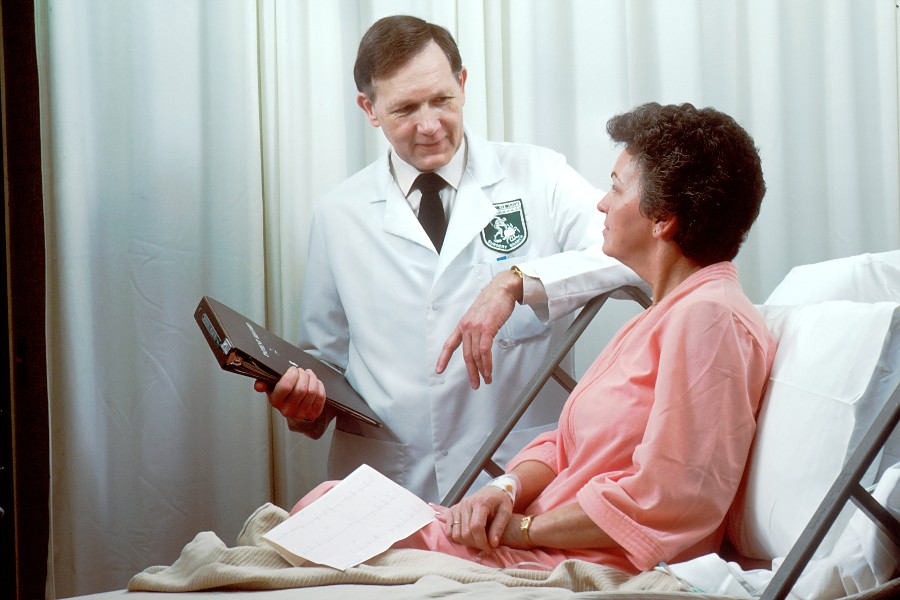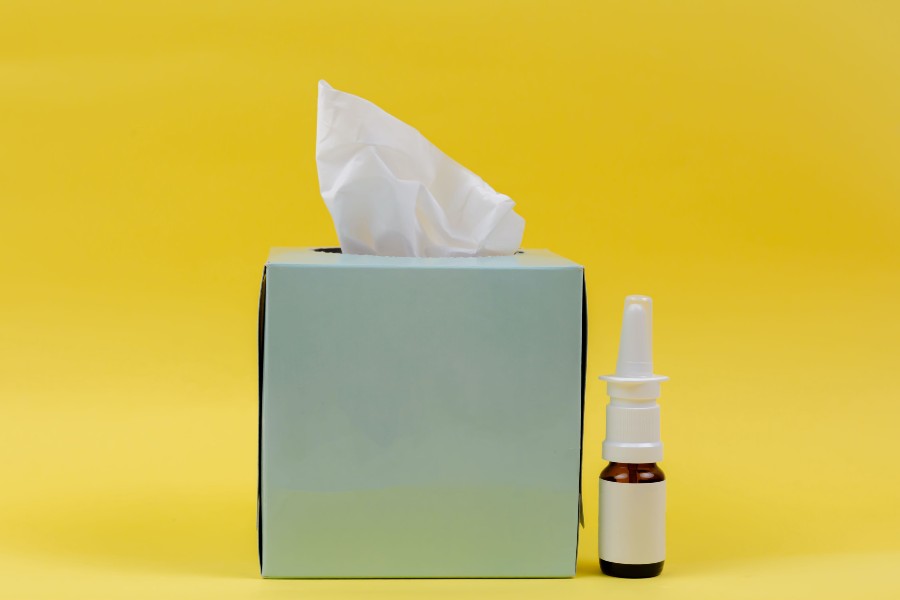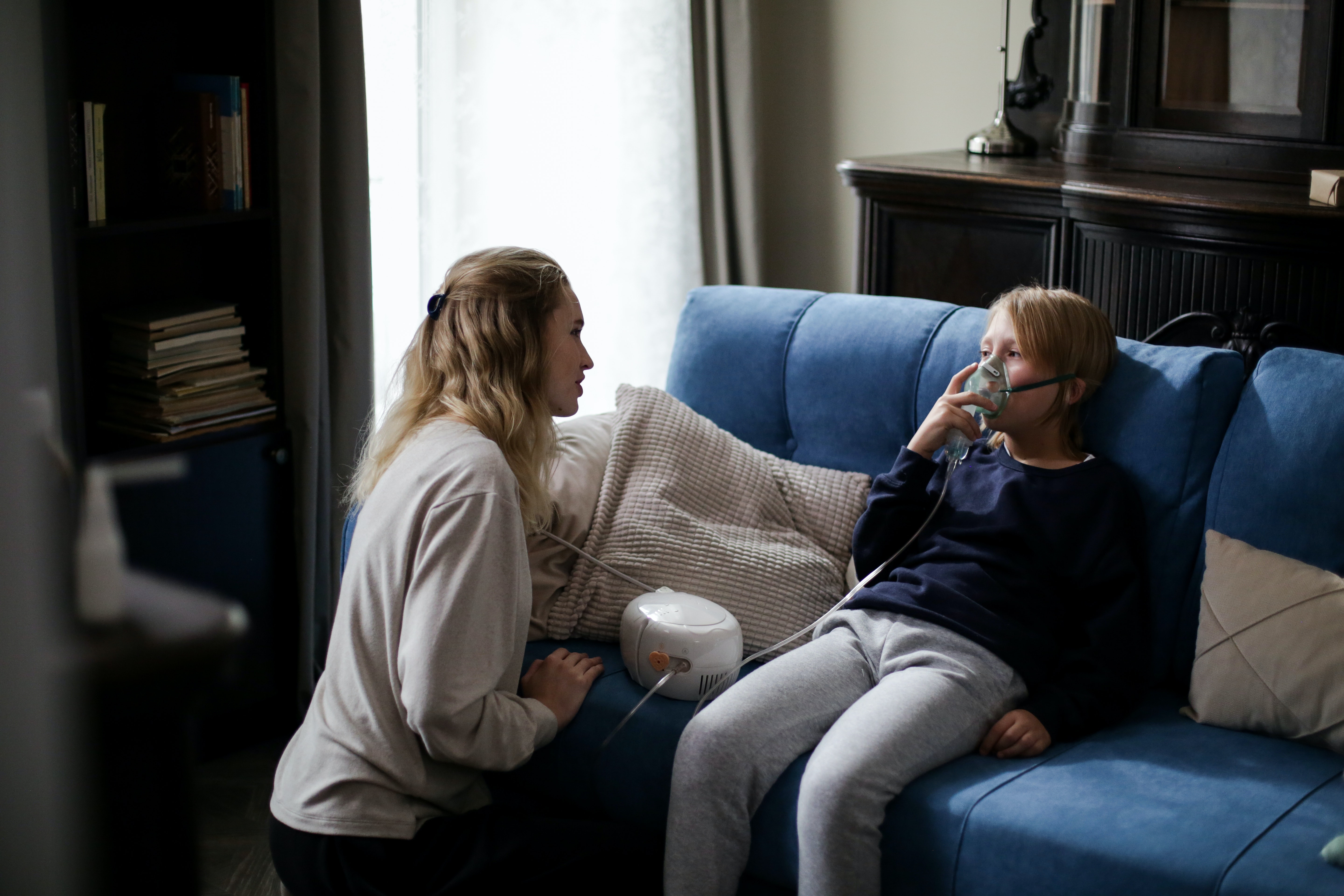Health
Common Seasonal Allergies Symptoms
Seasonal allergies, sometimes called "hay fever" or seasonal allergic rhinitis, are allergic symptoms that occur at certain times of the year. It usually happens when mold releases its spores, and trees, grasses, and weeds release small pollen particles into the air to fertilize other plants. Allergens overload the immune system and lead to allergy symptoms such as sneezing, nasal congestion, and itching.
If you get seasonal allergies, you may also react to household allergens such as mold, pet dust mites, or dead cockroaches when no wind carries pollen into the air. Those allergic to tree pollen may experience allergy symptoms in the spring or summer when pollen is most common. In contrast, those who are allergic to dust mites may experience more signs in the colder winter months when they spend more time at home.
Everyone's immune system is different, and pollen allergy can cause different symptoms. While some symptoms can relate to both colds and allergies, such as sneezing and nasal congestion, there are symptoms that can help you distinguish them apart. Here are the major symptoms of the seasonal allergies:
- Itching
- Watery eyes
- Shrieking chest
- Runny nose
According to the states of the Central Atlantic, tree pollination lasts from February to May, grass pollen from May to June, and weed pollen from August to October; thus children with allergies have more symptoms during this time.









